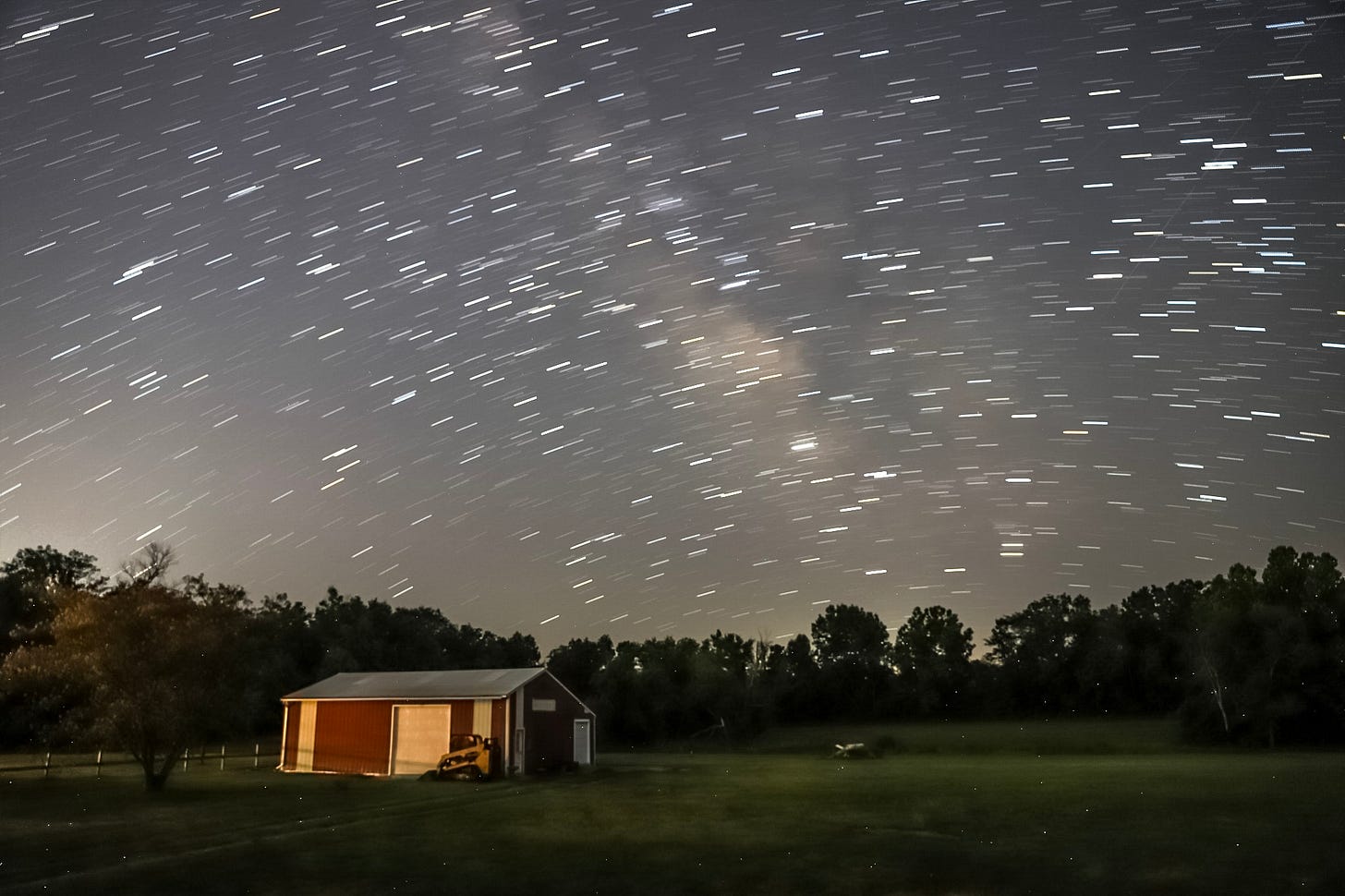One of the things that makes a great map stand out from the crowd of good maps is attention to detail.
Few do these little things as well as cartographers Sarah Bell and John Nelson.
The color scheme of a map is often an afterthought. For many maps, it’s an automatic process. The mapping software does the color choosing for you.
It’s a subtle thing to augment your map with a custom color scheme that reflects your real-world subject. A subtle, little thing that makes a huge impact when combined with lots of other subtle, little things.
Another great example of piling little things on top of each other until you have a big thing is found in Nelson’s latest map:
All the drop shadows and font work. The shine on top of the inset globe, and the atmospheric effect too. The whale’s slightly obscured tail behind the title bar and its shadow in front of it. Nelson’s end product is another example of a collection of little things that, considered as a whole, make a big impact.
Attention to detail, attention to the little things, extends well beyond the neat line1. That is to say, this process of stacking little things into big things can be applied to all aspects of your life.
The little things in life are not so little when given enough consideration and time. Attention to detail is a low cost way to dramatically improve the quality of your work — nay, your life.
It follows, then, that consistency in this regard will lead to better results long term. It’s like that adage “mood follows action” but instead it’s more like “success follows consistently nailing the little things.”
I know, it just rolls off the tongue.
The point is that little things done with intention and done consistently over a long period of time = BIG THINGS.
This is because all big things are just an accumulation of little things. You see this play out at all scales. People go to school, get degrees, find jobs, gain experience in a field, and become experts.
Even the universe plays the long game. Matter gathers and accumulates into bigger stuff full of matter until finally you have moons and planets and stars and galaxies and, ahem, a universe.
Garden yields, compounding interest, creating a home, living a meaningful life, your pickleball rating. The list goes on and on. No big thing exists without little things. The key is to know which little things to feed in order to grow the big thing you want. This is the intention part of the equation.
The problem we run into is intention and consistency are not sexy, and we are so often deceived by sexy. Think Steph Curry effortlessly draining deep three-pointers. We think, “Look how easy Steph makes that look, it just comes naturally for a guy like that”, like the ability to swish 30-footers just came out of thin air.
***SPOILER ALERT***
It didn’t!
What Steph does is make a hard thing look like an easy thing by drilling on the little things, over and over and over again throughout life. Thousands upon thousands of unseen hours spent in the gym, on practice courts, and in film studies. So much repetition and practice behind the scenes, obscured by the final, glorious product.
Sure, there was already some latent talent there that Curry tapped into that not everyone is born with, but guess what? You have some natural talent somewhere that you were born with, too.
Curry found it in basketball, while Bell and Nelson found it in cartography. They found it and then they drilled relentlessly down on it. This consistent, focused attention to detail is what elevates their works to the upper echelons of their respective crafts.
So where are the little things that you can hone in on in your life right now? The little things that are hidden, nested underneath some undiscovered natural talent or interest, and the ones that are right there in front of your face ready for the taking?
Wherever they lie, find them and feed them, over and over and over again.
This reference was for the cartographers. The line separating the map from the information found in its margin is called a neat line (Source). It is where the map ends most of the time, but not always!






